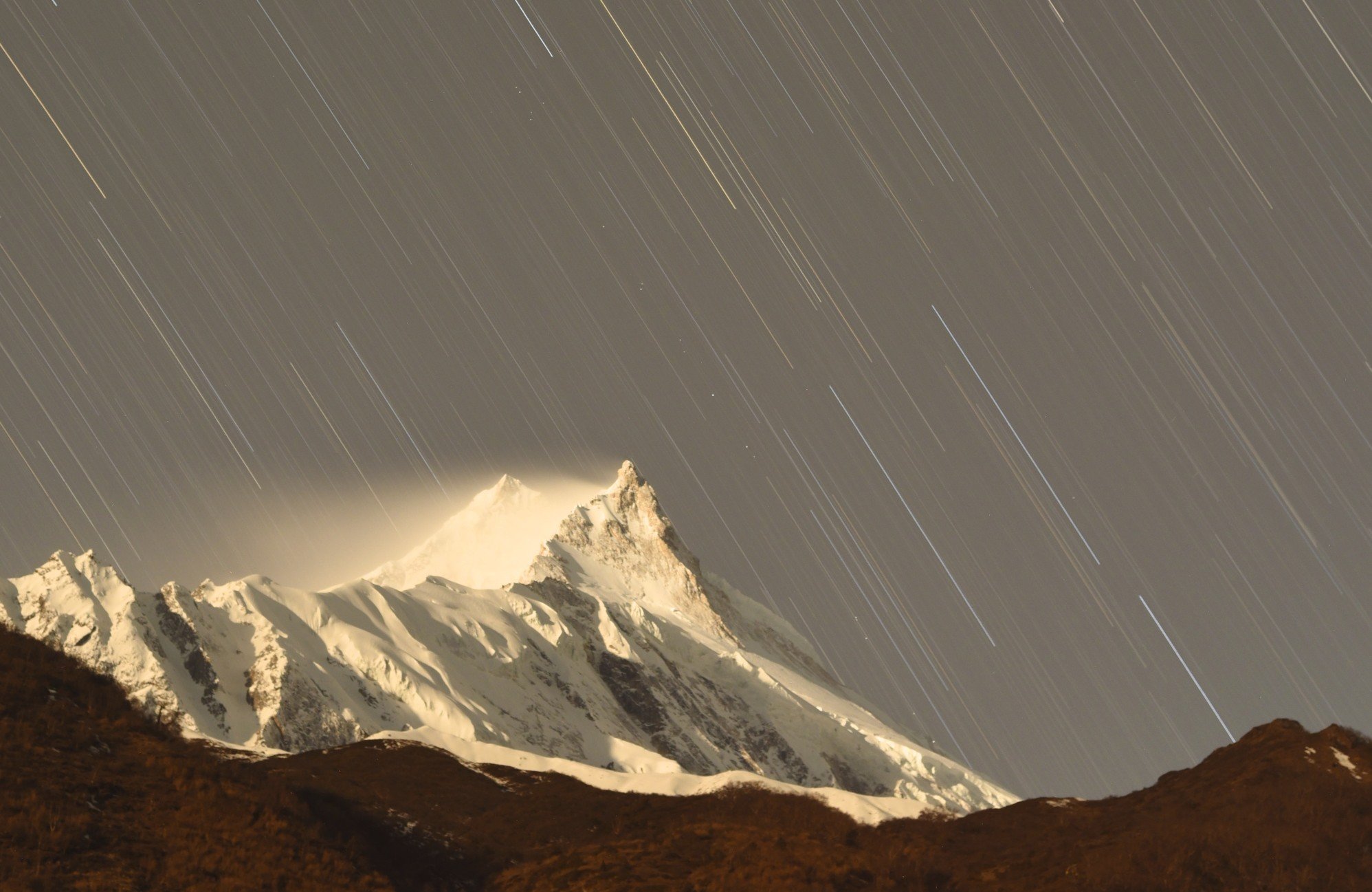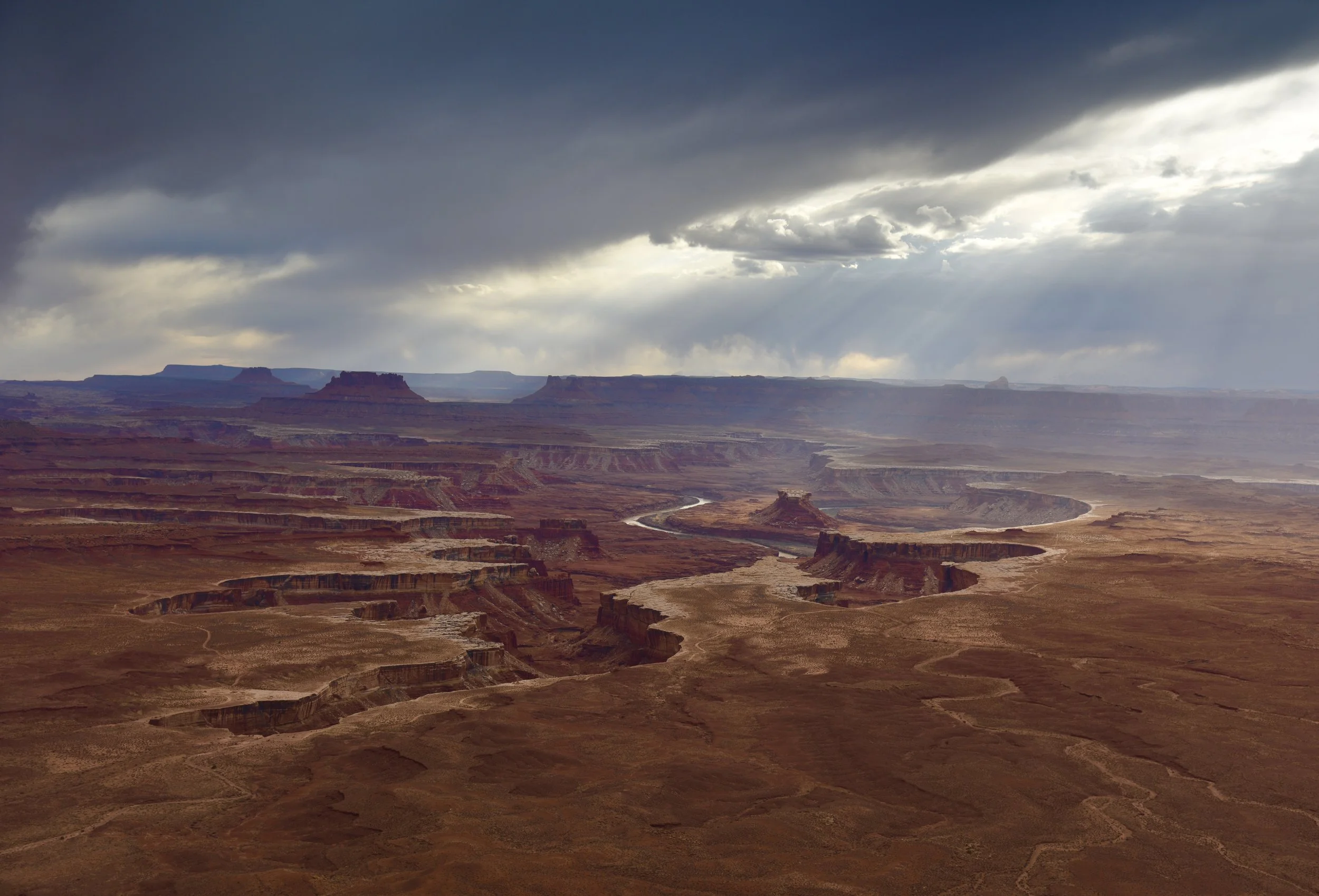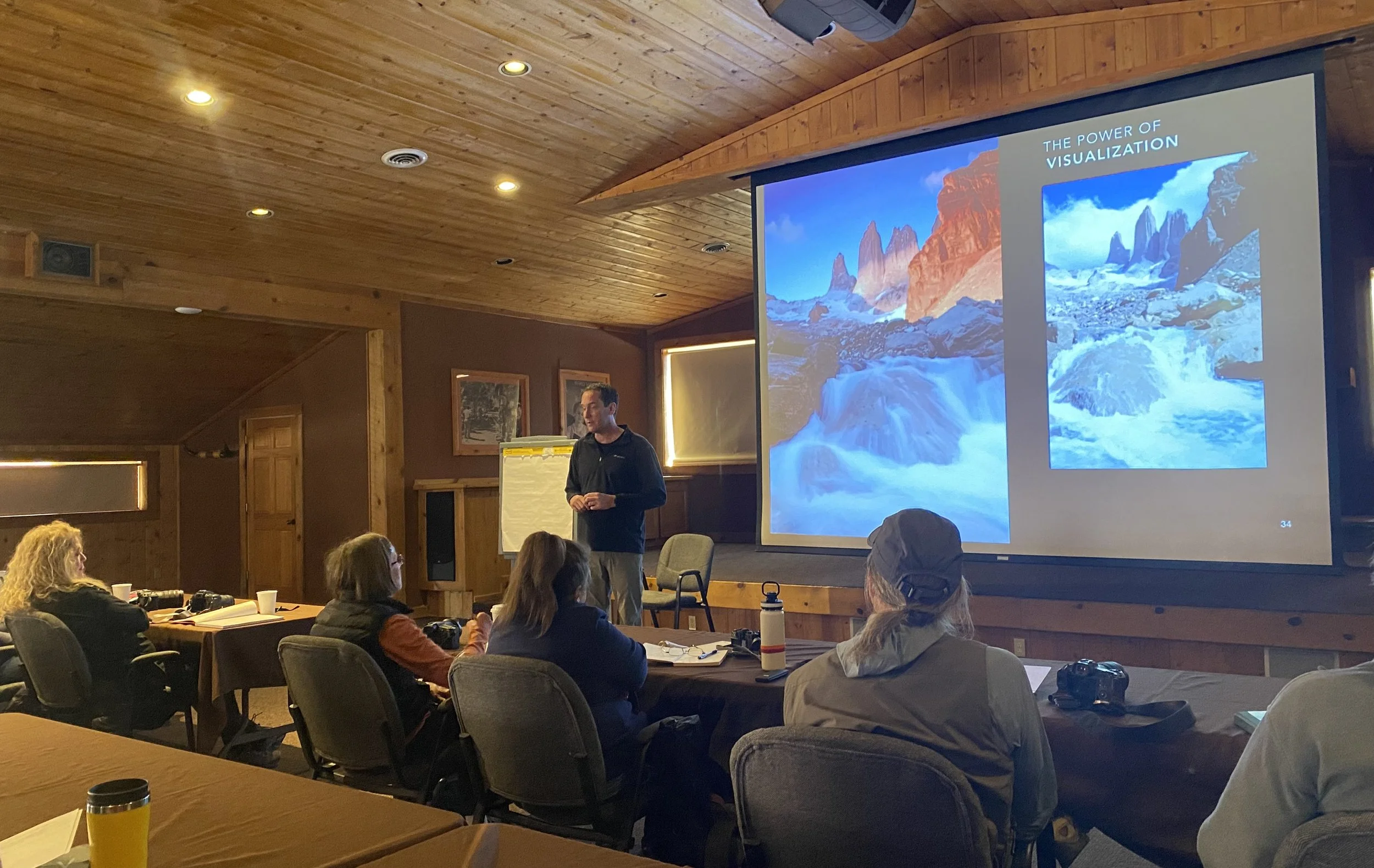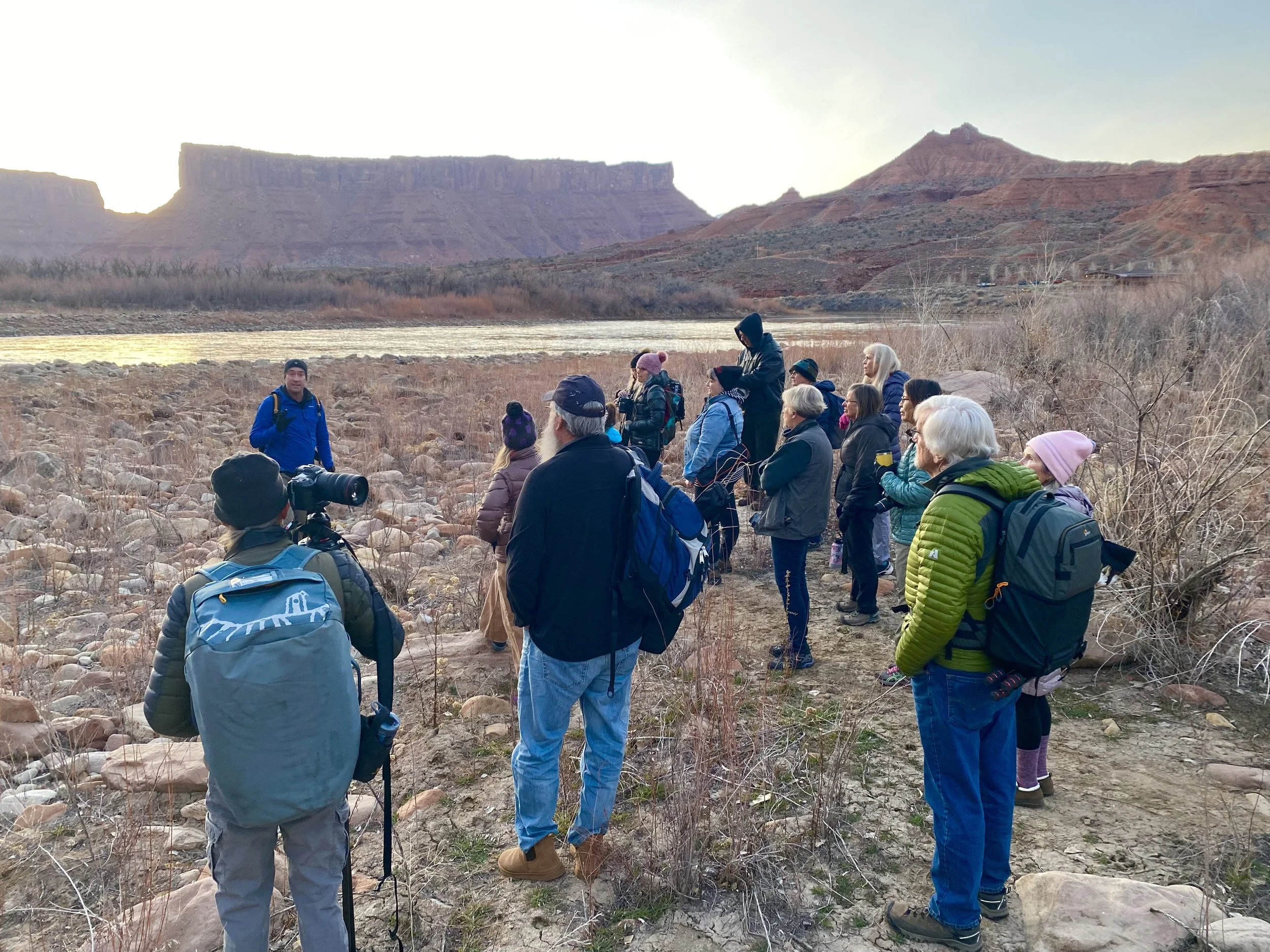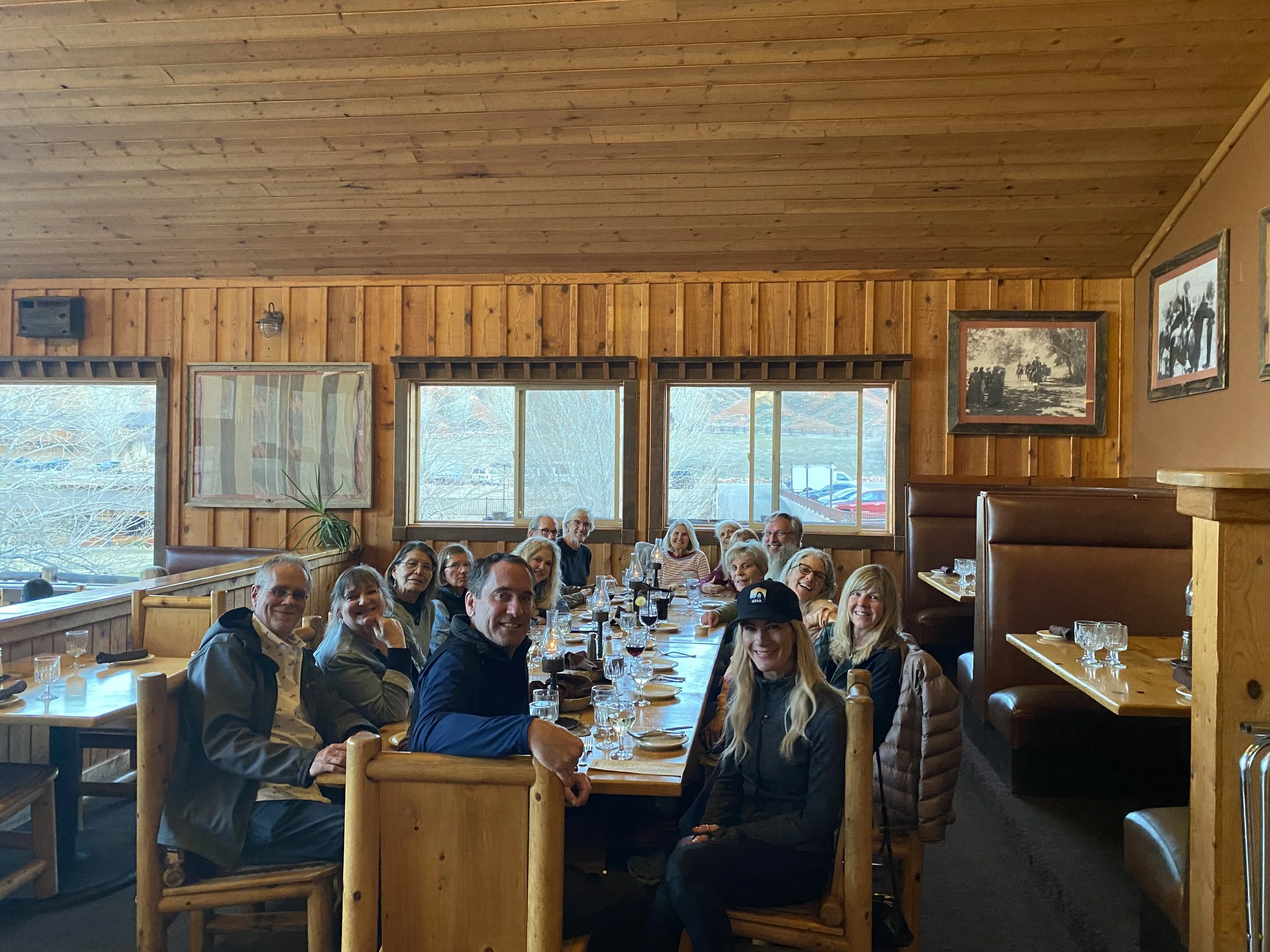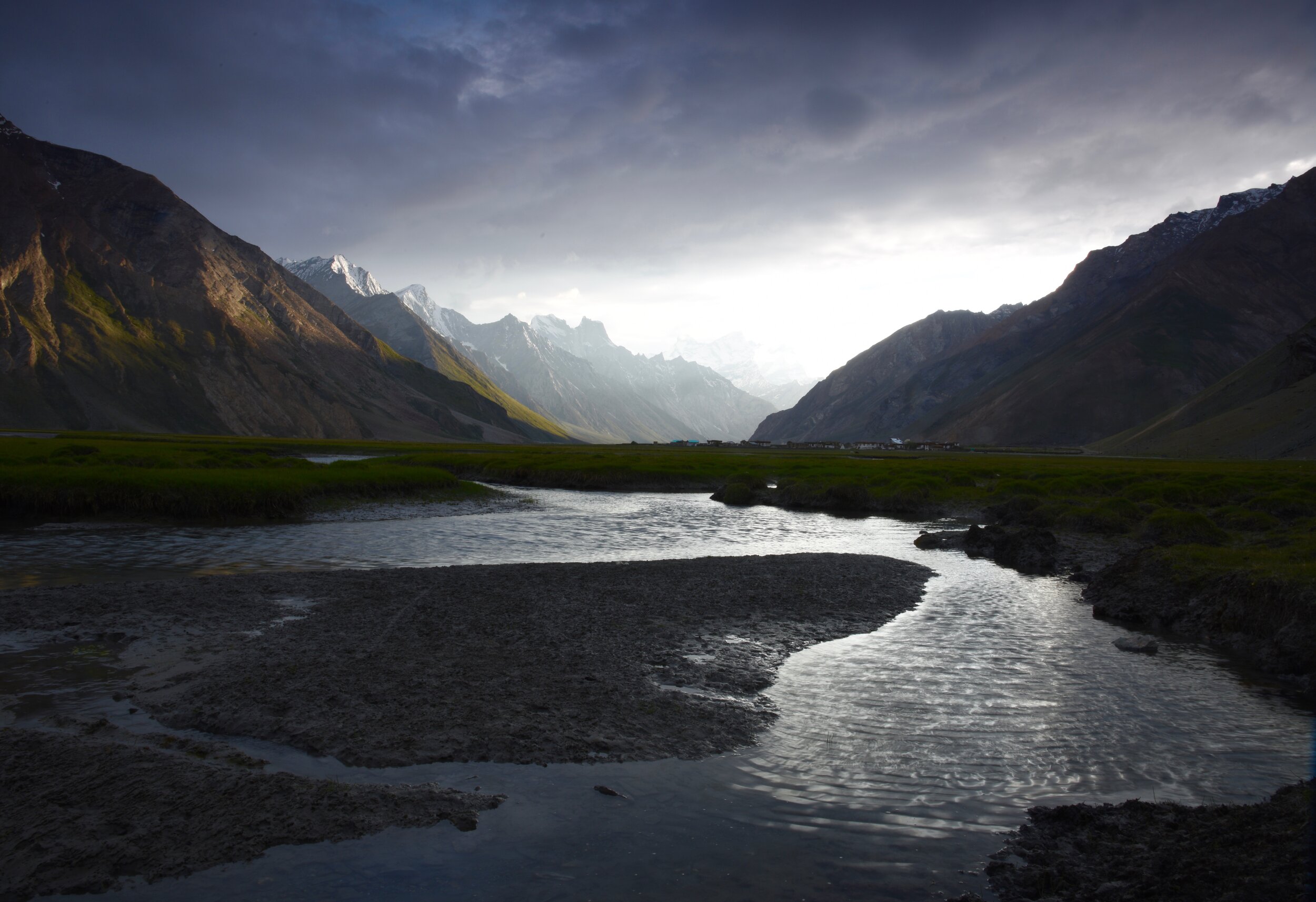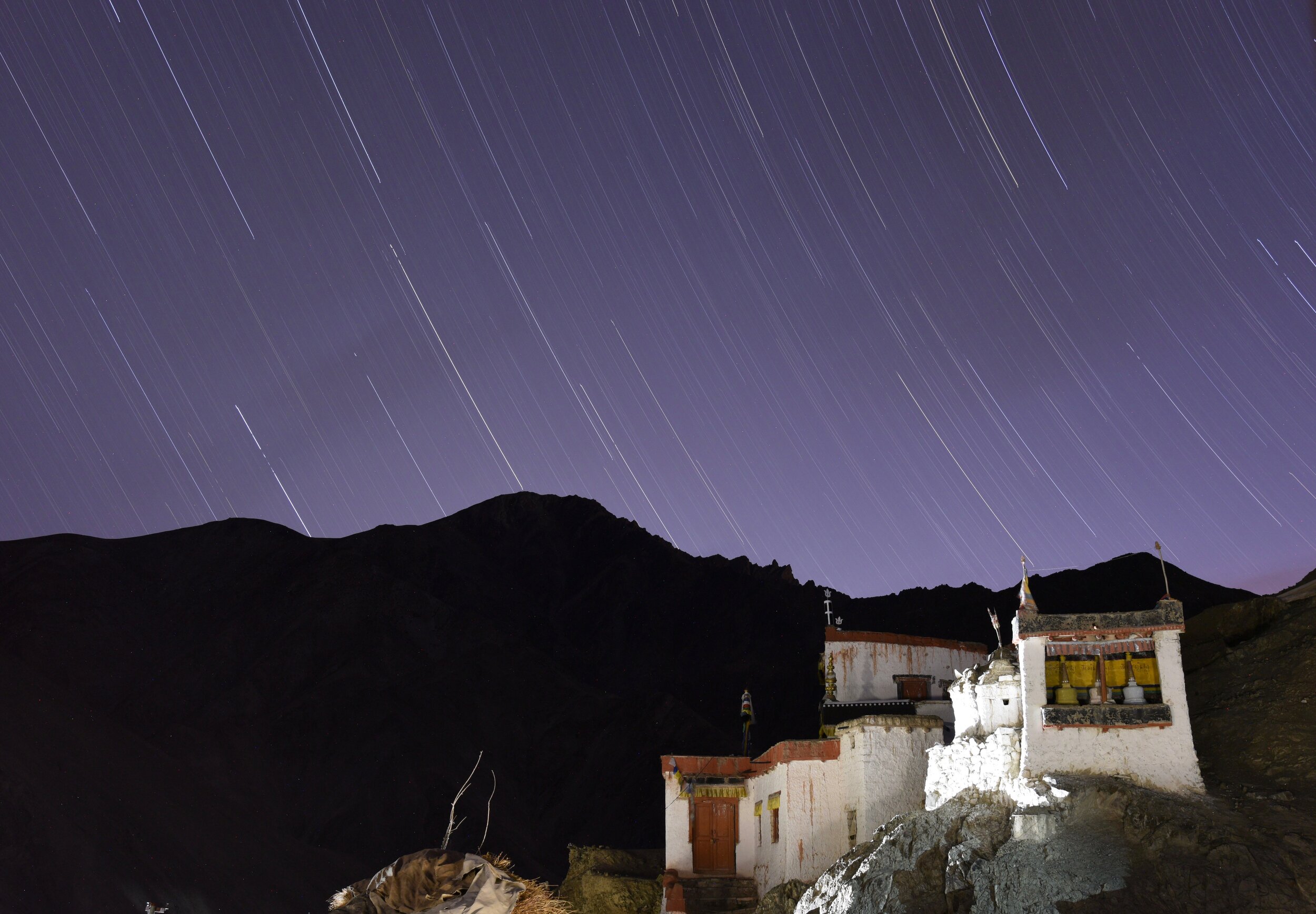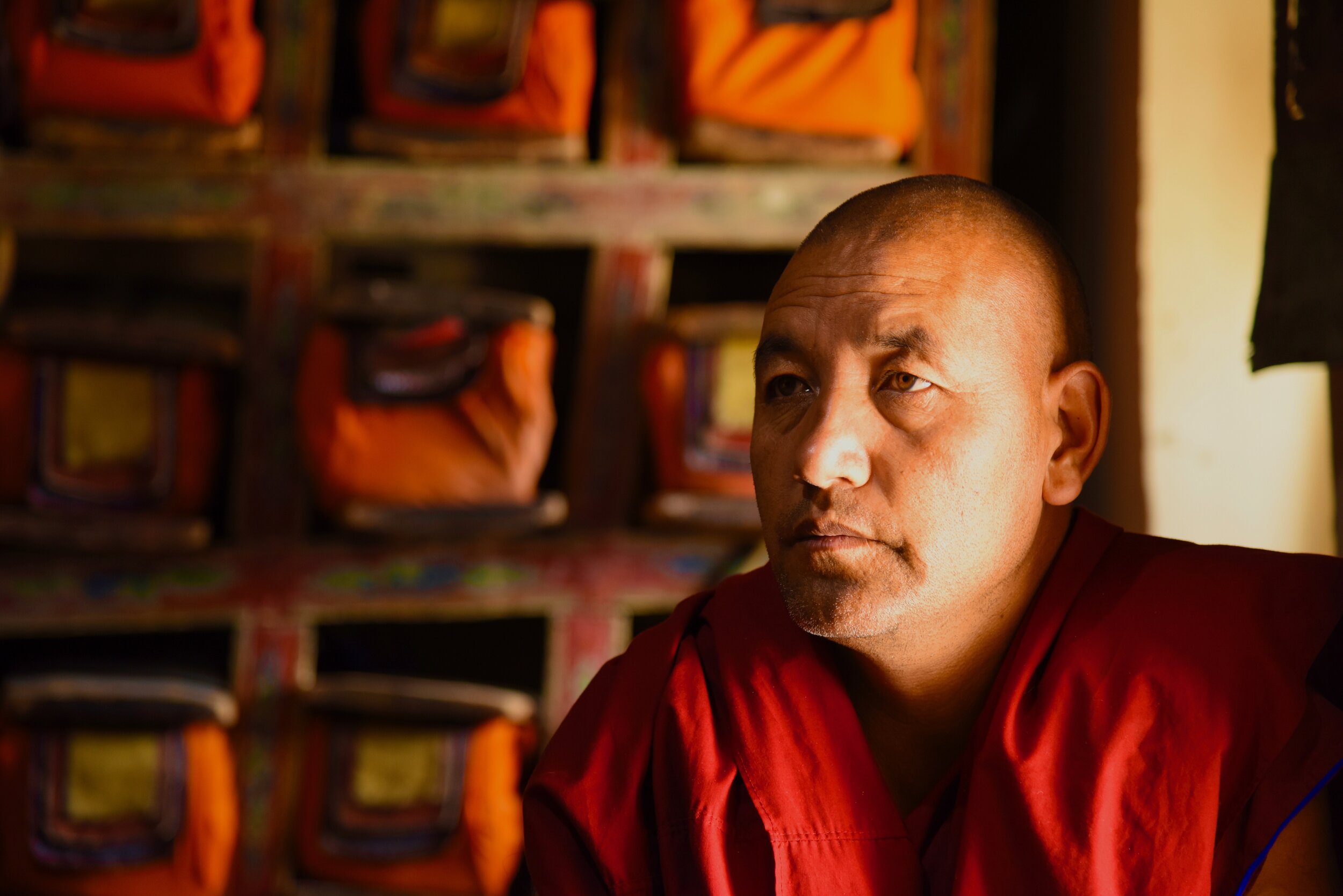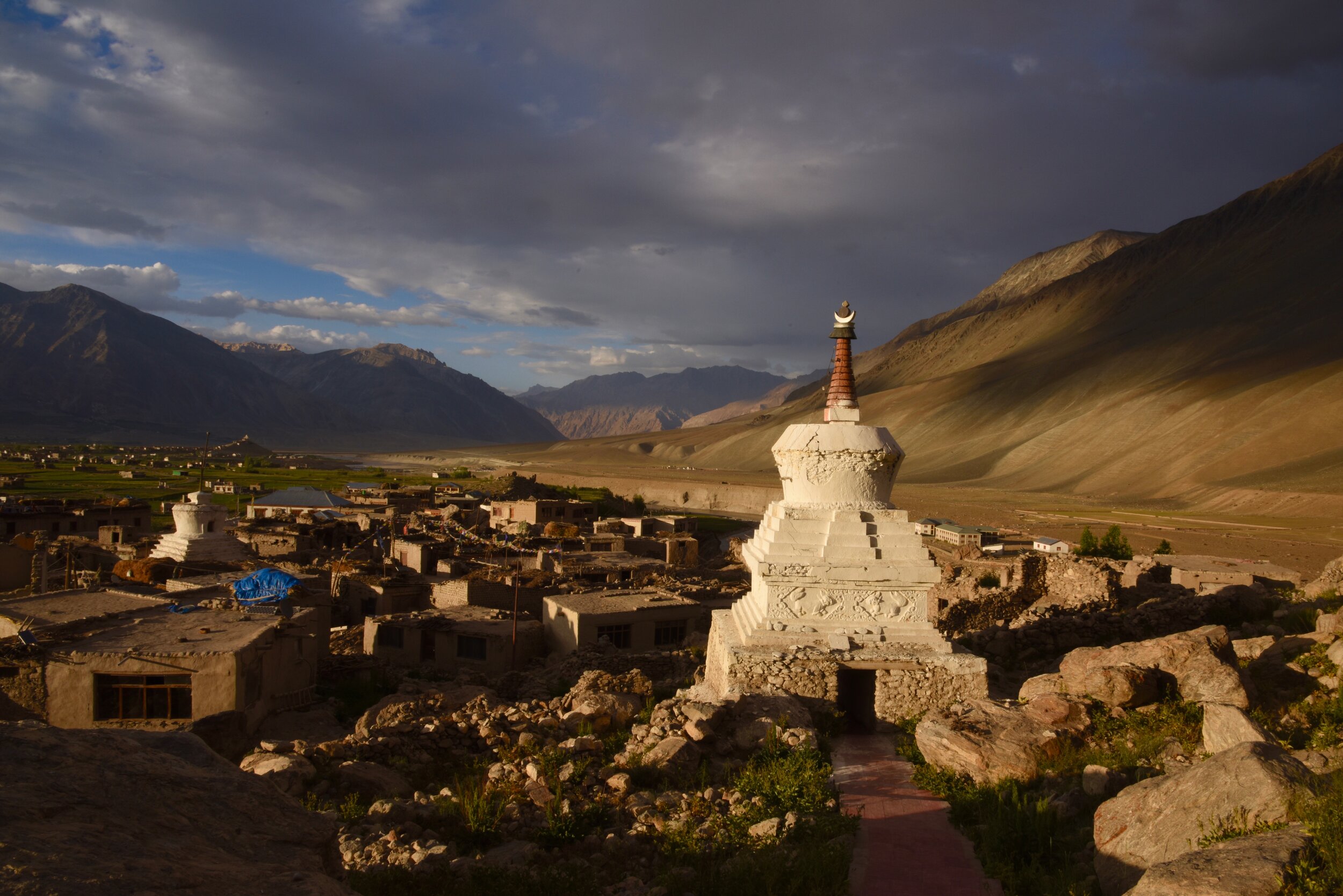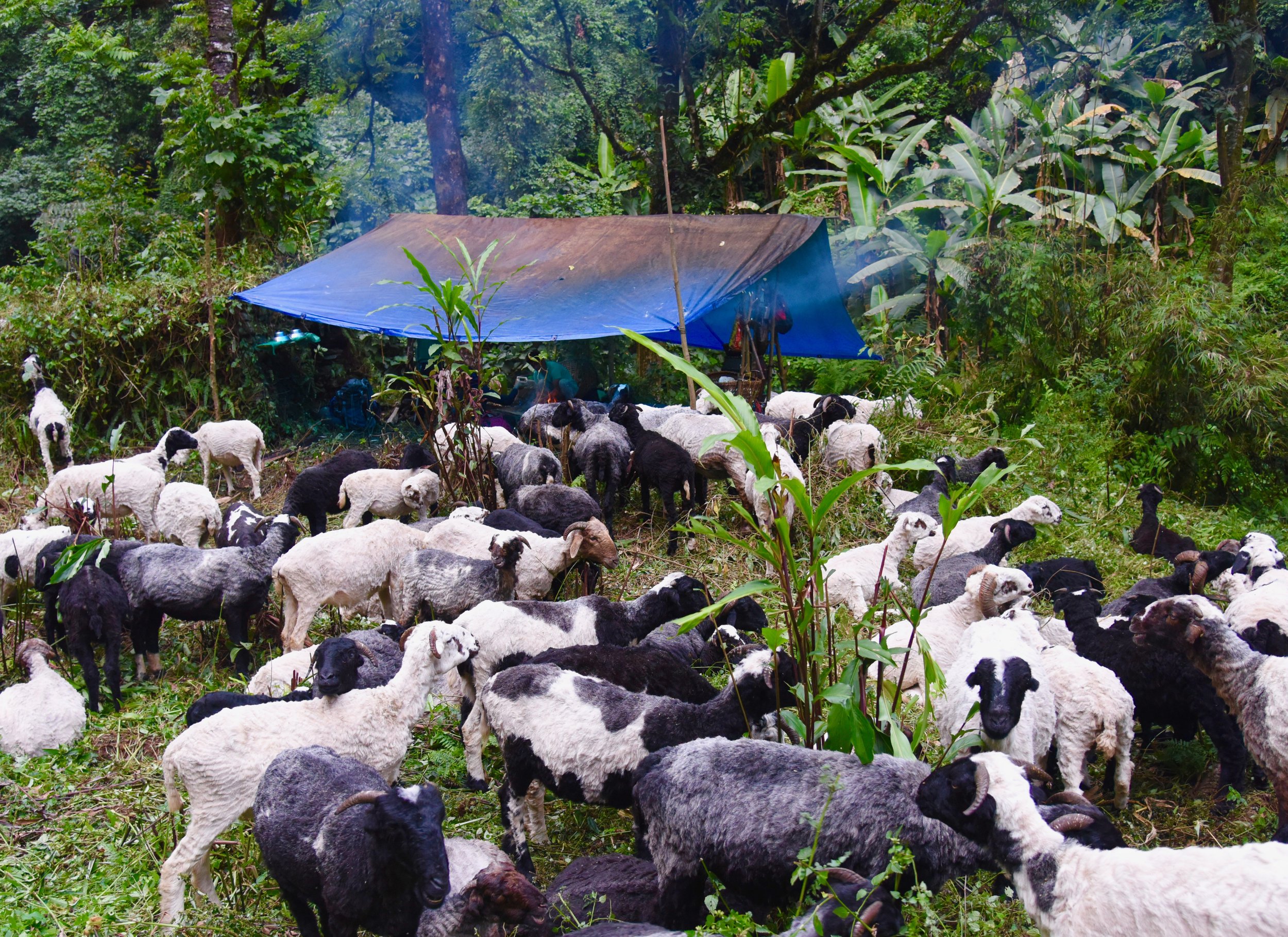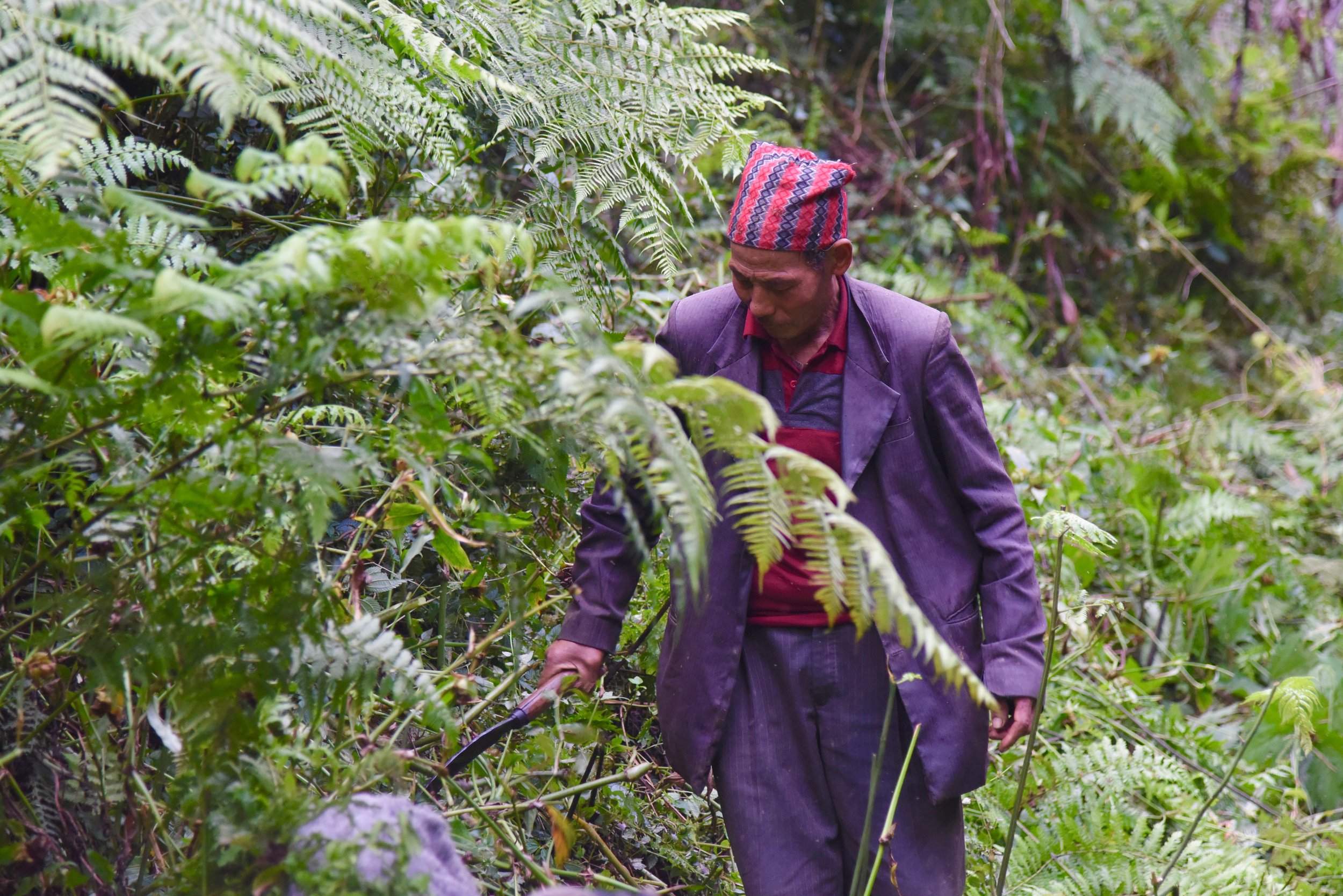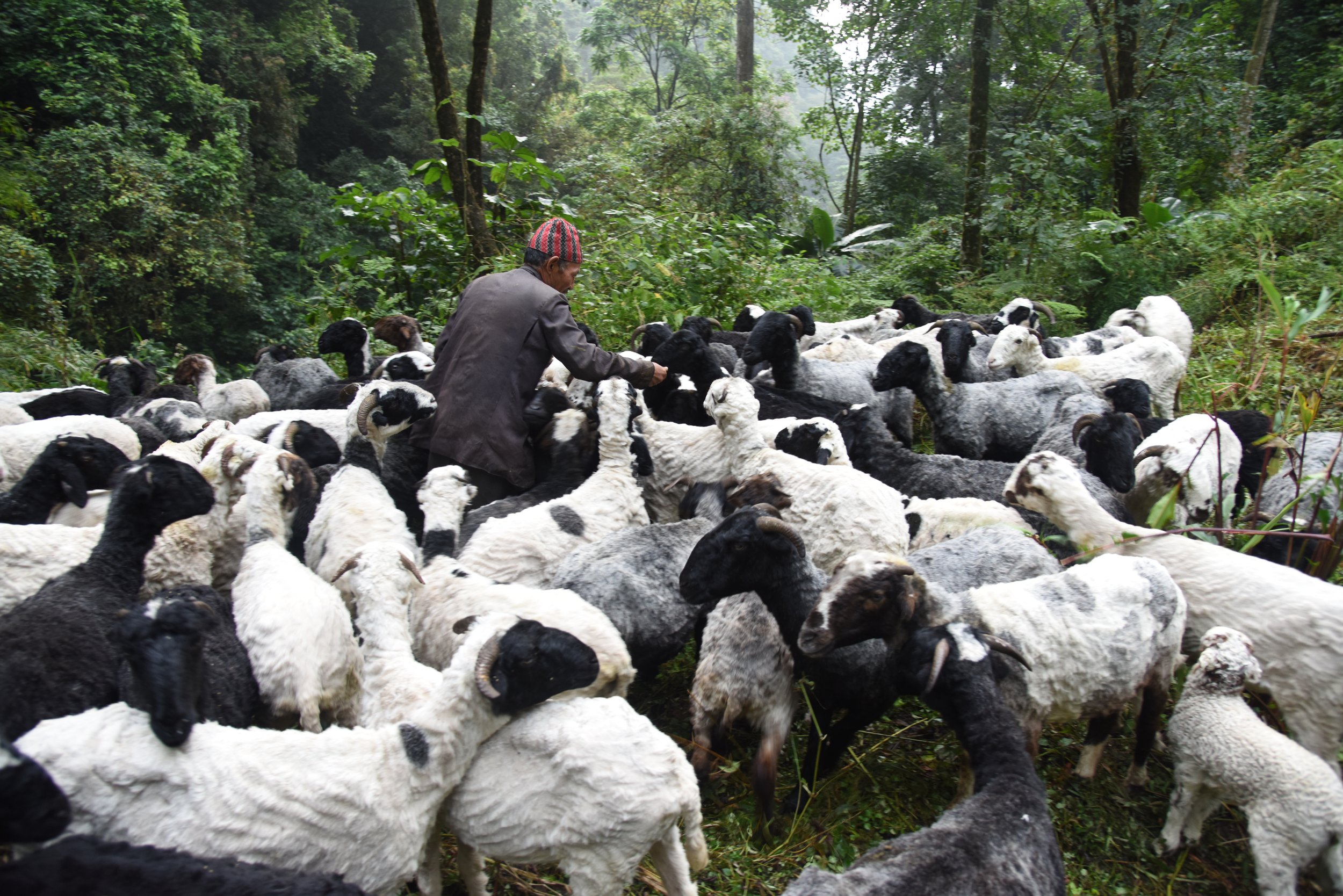New course and multimedia lecture.
The Himalayas are one of the most fascinating regions on Earth. Here we have geographic diversity ranging from the world’s tallest mountains, to lush temperate rainforests and vast arid plains. The geographic diversity is met by a rich cultural diversity whose history is told through the ancient trade routes and cities, and the temples, shrines, and villages that mark the landscape. This class will trace a series of journey’s into the Himalayas, each week exploring a new location. Through multi-media lectures, readings, and open discussion, the course will offer an intimate look into the region’s unique natural and cultural history.



